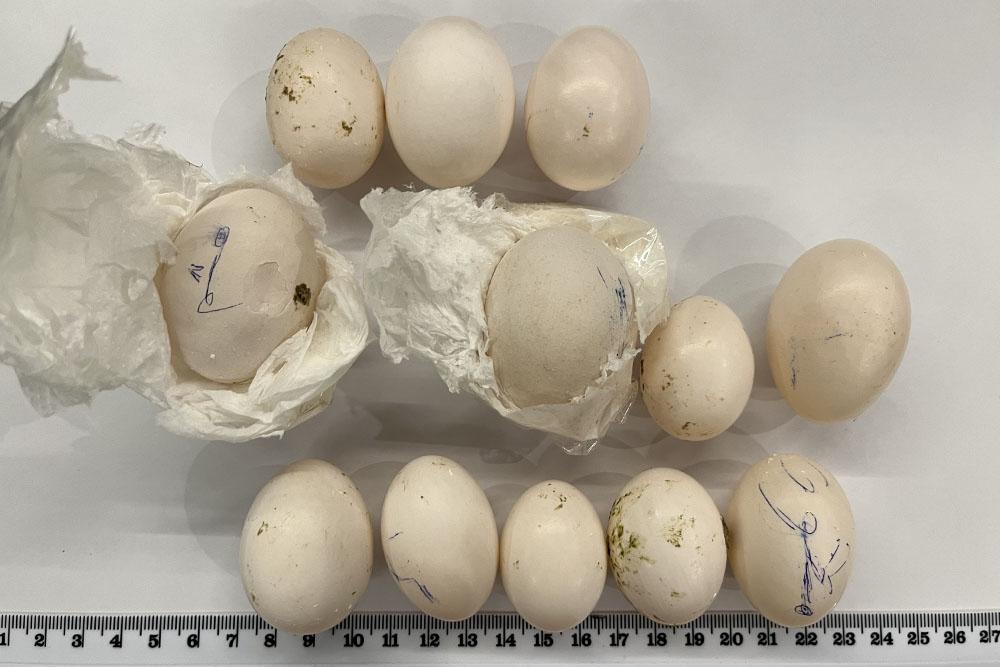Around $5 million will be spent over the coming year on projects using cutting-edge science to help boost Australia's biosecurity capabilities.
Department of Agriculture, Fisheries and Forestry Deputy Secretary of Biosecurity and Compliance Dr Chris Locke said the 24 projects would be funded to test pioneering scientific approaches and technologies to help combat biosecurity risks.
"The projects include examining the potential of artificial intelligence (AI) to identify high-risk, hitch-hiker pests like the Brown Marmorated Stink Bug and exotic bees; the development of a portable dangerous-vapour detection tool and using high throughput sequencing to identify exotic plant pathogens," Dr Locke said.
"We've recently witnessed devasting diseases like foot-and-mouth (FMD) and lumpy skin disease (LSD) move closer to Australian borders. We need to investigate new approaches that help our biosecurity systems work smarter and faster to detect and manage risks that pose serious threats to Australia's environment, economy and way of life.
"In June an outbreak of banana freckle occurred in the Northern Territory. To confirm the disease's presence and type, biosecurity officers had to wait days for test results to be processed and come back from a laboratory.
"Two projects to kick-off this year involve developing a proof-of-concept for a cheap, small diagnostic tool that employs nano-particle detection technology combined with a microneedle patch to detect the presence of exotic plant pathogens.
"If successful, the handheld technology will be used at the border and in the field to find exotic plant pathogens.
"Being able to rapidly detect and confirm pathogens on-ground could improve response times to biosecurity risks, thwart incursion spread and speed up the clearance of imports."



